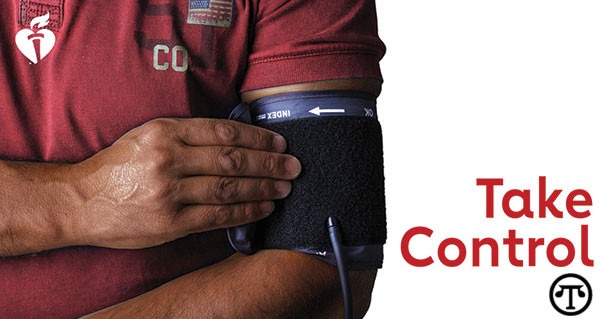Almost half of the U.S. adult population has high blood pressure—that’s any reading at or above 130 for the top number or 80 for the bottom number.
If you find yourself among them, it may be wise to consider four lifestyle evaluation questions:
1. How often do you eat fruits and vegetables?
2. How much salt do you take in?
3. Are you at least moderately active for half an hour a day?
4. Are you at a healthy weight for your height?
What To Do
If your assessment reveals room for improvement, Michael Hochman, M.D., MPH, a Los Angeles physician and professor at the Keck School of Medicine at the University of Southern California, has an encouraging message for you: “Know this: Small changes can make big differences. You don’t have to overhaul everything you do and eat. Tracking your blood pressure between health care visits lets you easily stay on top of your health. In 10 minutes or less, you can check your numbers. If you are learning for the first time that your blood pressure is creeping upward, small changes in your lifestyle—a bit more physical activity, a few more fruits and vegetables—could mean the difference between low vs. high risk for heart disease or stroke.”
Here are some hints to help you make those small changes:
• 15−20 minutes of moderate aerobic activity per day can reduce the top number in your blood pressure reading, called systolic pressure, by 5 to 8 mmHg
• Reducing sodium intake by 1,500 mg (3/4 of a teaspoon) per day can result in lowering systolic pressure 5 to 6 mmHg
• A 10-pound weight loss could lower systolic blood pressure by 5 mmHg.
Little-Known BP Raisers
If you do have high BP, consult your health care provider or pharmacist about the safety of your over-the-counter medicines.
Some OTC pain relievers, known as nonsteroidal anti-inflammatory drugs, or NSAIDs—such as naproxen and ibuprofen—may raise blood pressure. Acetaminophen may be a better choice for pain. Drugstore cold and flu medicines that contain decongestants can also raise blood pressure. To avoid these BP raisers, read medication labels and discuss alternative pain, fever or cold medicine with your doctor. A quick guide to BP raisers is at heart.org/BPtools.
Take It Home
Monitoring at home can help confirm a diagnosis and determine how well your lifestyle changes and medications are working to reduce your blood pressure.


